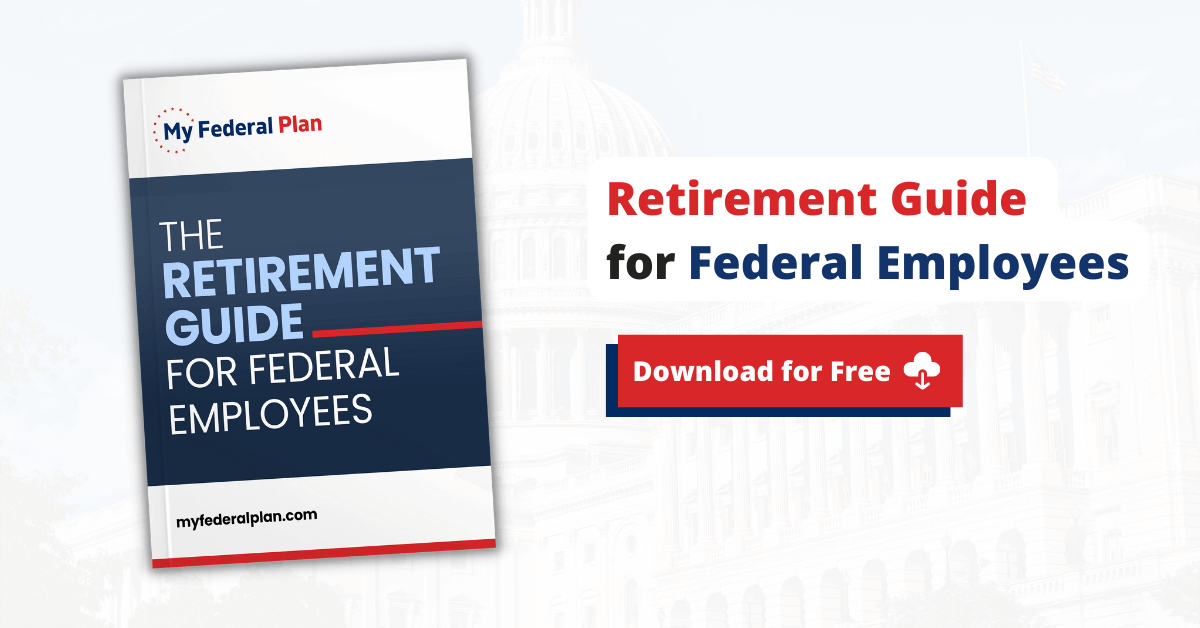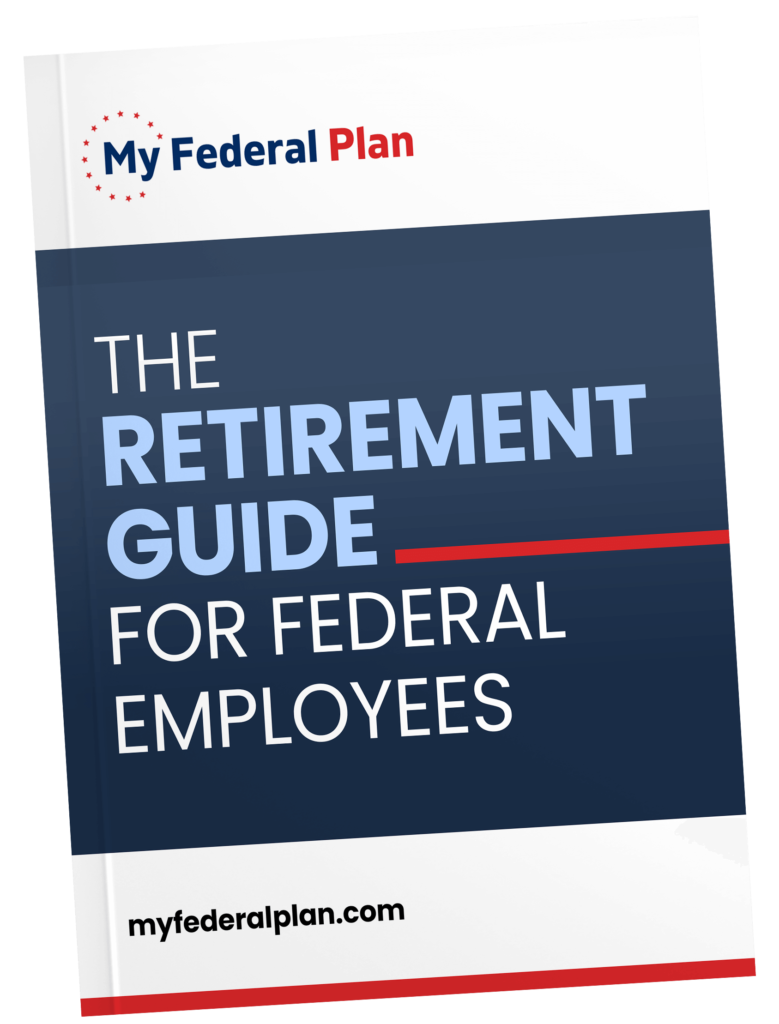Whether you’re looking to defer taxes, widen your investment options, have higher returns, or maybe you just want to look for a retirement service with better accommodation, TSP or IRA rollovers are both viable options.
Unfortunately, many people encounter avoidable problems when they’re processing their rollovers. In this blog, we’ll go over the five common TSP and IRA rollover mistakes and how you can avoid them.
Understanding TSP and IRA Rollovers
Before diving into the common rollover mistakes, we must first understand how an IRA or TSP rollover happens. You must develop a profound comprehension of the different rollovers occurring in these retirement savings plans.
IRA Rollovers
An IRA or Individual Retirement Account is a retirement savings plan that allows account holders to make contributions with their after-tax dollars. Because an IRA is intended as a retirement savings plan, the IRS imposes a 10% penalty on early withdrawals.
There are two types of IRA rollovers: direct and indirect. Direct IRA rollovers mean that the plan administrator of your old IRA sends the rollover amount to the administrator of your new IRA.
In contrast, an indirect IRA rollover means that the plan administrator of your old IRA sends the rollover amount to you, or they can deposit your funds into your personal bank account. Once you have received the money, you are responsible for depositing it into your new IRA within 60 days.
TSP Rollovers
A TSP or Thrift Savings Plan is a retirement savings plan for U.S. government employees and uniformed service members. The TSP offers generous contribution allowances, and they can also match your employer’s contributions.
Similar to an IRA rollover, there are two types of TSP rollovers: direct and indirect. With a direct TSP rollover, the funds are transferred from your TSP account directly to your new retirement account without you ever receiving the money.
On the other hand, an indirect TSP rollover happens when the TSP sends your rollover amount to you. Although this might seem like a promising option, you risk tax consequences by choosing this route.

Two Problems You Might Encounter in Illegible Rollovers
There are two primary complications you might experience when you make an ineligible rollover for both IRA and TSP:
- The first problem is that the funds you withdraw to perform the rollover are usually considered taxable income. Not to mention, you might also be subject to the IRS’ 10% premature withdrawal penalty if you withdraw your funds before you turn 59.5 years old.
- The next problem is that the funds you rolled over may also be considered “excess” contributions and subject to the IRS’s 6% “excess” contribution penalty.
- Regular federal and state income taxes will also have to be paid in addition to the 6% excess contribution penalty and the 10% early withdrawal IRS fines that you incur.
5 Common TSP and IRA Rollover Mistakes
Now that we know the different types of TSP and IRA rollovers and the consequences of an ineligible rollover, we will go over some common mistakes people make during the rollover process.
1. Missing the 60-Day Rule
As mentioned in indirect rollovers, you have 60 days to deposit the money into your new retirement account. The problem is that many people miss this 60-day timeframe and inflict tax treatment and possible penalties on themselves.
It’s vital to remember that the IRS will treat your transfer as a taxable distribution if you don’t transfer the money within 60 days. You might also have to pay a 10% early withdrawal penalty if you’re younger than 59.5 years old at the time of fund distribution.
Individuals may receive waiver consideration if they can show that the failure to deposit the funds promptly was due to circumstances beyond their control. Otherwise, the 60-day timeframe is firm.
2. Once a Year IRA Rollover Rule
In addition to the 60-day rollover rule, the IRS also strictly allows individuals only to perform one IRA rollover in 12 months. If an individual performs more than one rollover within this timeframe, the amounts rolled over in the second or more rollovers will be included in their income.
However, this strict “once every 365 days” rule is applicable only to IRA-to-IRA rollovers. According to TSP withdrawal rules, federal retirees may initiate a rollover of their TSP funds into an IRA 12 times in 12 months. That’s one allowable transfer per month.
3. Rolling Over Required Minimum Distribution
Required Minimum Distributions or RMDs is the minimum amount that a retirement account owner must withdraw each year from their account starting at age 72. Once an individual reaches this age, the IRS imposes significant penalties for not taking an RMD.
Before you turn 72 years old, you are allowed to initiate a tax exempted rollover of any amount from your IRA. However, if you’re 72 years old or older, you cannot roll over your RMD because it would be considered an excess contribution.
4. Same Property Rule
The same property rule requires that the assets in your old retirement account remain the same when being transferred to your new retirement account. This means that you cannot take a distribution from your old IRA, use the cash to purchase other assets, and then roll those assets into a new IRA.
If you do not adhere to this rule, the IRS will treat the cash distribution from your old IRA as taxable income. In addition, if you’re under the age of 59.5 at the time of fund distribution, you may be charged a 10% early withdrawal penalty.
Here’s a sample scenario when an individual violates the same property rule. A 59-year-old businessman initiated an indirect IRA rollover from one financial company to another. The entrepreneur received the money and invested a portion of his assets in a company’s stock. He then placed the remaining asset from his old IRA in his new IRA. When the entrepreneur received his share from the company’s stock, he stored his new asset in his current IRA to receive a tax-deferred treatment.
In this case, the IRS would consider them part of the distribution used to acquire stock as ordinary income. Because of this, the entrepreneur would be responsible for taxes on any taxable portion of the rolled-over stocks at his current income tax rate.
In addition, because the entrepreneur is younger than 59.5, the IRS would estimate a 10% penalty on any taxable portion of the fund used to purchase the stocks.
5. Traditional IRA 72(t) To Traditional IRA Rollover
The IRA 72(t) distribution is a specific type of early withdrawal made before the account owner reaches age 59.5. This early withdrawal rule allows account holders to take distributions from their IRA before the age of 59.5 without being subject to the 10% early withdrawal penalty.
To qualify for an IRA 72(t) tax-free distribution, the account owner must take substantially equal periodic payments (SEPPs) from their account for at least five years or until they reach age 59.5, whichever is longer.
Another rule you need to remember is that IRA 72 (t) funds cannot be rolled into another IRA subject to an active SEPP. If you violate this rule, you will have to pay federal and state income taxes on all prior distributions. This penalty is referred to as the recapture penalty.
When Should You Not Use a Rollover?
There are certain situations when a rollover is not the best option. If you do not need to access your retirement funds for living expenses or other purposes, it’s better to take a “transfer” instead of a rollover.
A transfer is a direct, non-reportable movement of your retirement funds from one custodian to another. Unlike rollovers, there’s no limit to the number of transfers you can make in a year. Moreover, the transfer method also lifts the 60-day deadline to roll over your retirement funds.
Understanding the Rollover Rules Will Lessen Costly Errors
There are a multitude of rules associated with IRA and TSP rollovers. Studying the laws surrounding IRA and TSP rollovers may be a long and daunting process. However, equipping yourself with knowledge of these rules can help you avoid costly and irreversible mistakes.
When done correctly, rollovers provide greater flexibility in managing your retirement assets. Fund rollovers also allow you to take advantage of opportunities, such as lower fees or a better investment mix. On the other hand, an incorrect rollover may cost you taxes and penalties and jeopardize your retirement plans.
Seeking the help of professional financial advisors can save you a significant amount of time and effort in studying the rollover rules. These experts spent decades learning the ins and outs of retirement planning and can provide you with invaluable guidance in making the best decisions for your retirement.
Seek Professional Services With My Federal Plan
My Federal Plan works with a network of licensed agents and financial advisors to help federal employees plan for their retirement.
We provide a free consultation to help you understand your retirement benefits and how they fit into your overall retirement plan. Our team can also guide you on the best way to roll over your TSP or IRA account, helping you save money from tax penalties.
Schedule your free consultation today by clicking here.

